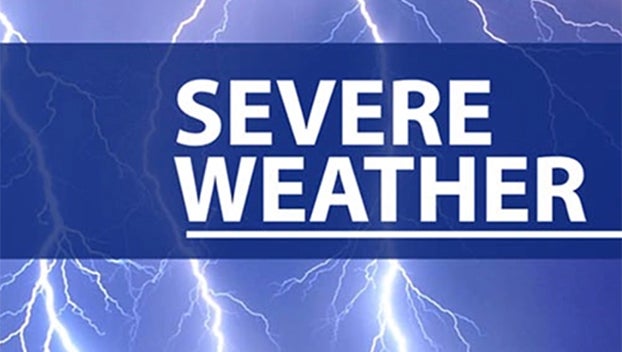Extreme heat increases risk to health, brings higher crime rates, authorities say
Published 12:34 am Friday, July 7, 2023
|
Getting your Trinity Audio player ready...
|
As Port Arthur and Mid County deal with the third hottest summer on record since 1901, the impacts are manifesting in health, agriculture and, even, crime rates.
Port Arthur Police Chief Tim Duriso said excessive heat is an additional source of agitation that leads to more assaults and domestic disturbances than in cooler months.
“Some people live with inadequate a/c units,” he said. “Some of them have fans only. Some of the houses we go to, we see people with no air. They’re running a fan.”
Duriso said when called to a disturbance that doesn’t result in arrest, officers encourage those involved to leave the scene.
“Hang out with a friend or relative for the day,” he said. “Get somewhere that’s cool. Keep the peace. Separate yourself from the situation.”
Even outside of crime, he said, a larger number of people are visiting places such as Central Mall to be indoors during the height of the heat.
According to the National Integrated Heat Health Information System, 36,957,568 people in the U.S. were living under heat alerts as of Thursday. Southeast Texas is under an excessive heat watch.
Meteorologist Joe Rua with the National Weather Service said the Port Arthur/Beaumont region has been experiencing high temperatures near 97 degrees each day, resulting in a heat index that can reach 107 degrees.
The Centers for Disease Control estimates 67,512 emergency room visits and 9,235 hospitalizations occur each year due to heat.
There are 702 average heat-related deaths. Those deaths are caused from heat stroke, cardiovascular and respiratory disease and cerebrovascular disease.
“Hot weather is associated with an increase in heat-related illnesses, including cardiovascular and respiratory complications, renal failure, electrolyte imbalance, kidney stones, negative impacts on fetal health, and preterm birth. Specifically, death rates are noted to rise during and after heat waves,” the CDC reports. “Extreme summer heat is increasing in the United States. Climate projections indicate that extreme heat events will be more frequent and intense in coming decades. However, some heat-related illness and death risks have diminished in recent decades, possibly due to better forecasting, heat-health early warning systems, and increased access to air conditioning for the U.S. population. Despite this, extreme heat events remain a cause of preventable death nationwide.”
Texas Health and Human Services echoes Duriso’s comments by suggesting people — particularly young, elderly and those with chronic illnesses — remain out of the weather by visiting places such as malls, libraries or community centers.
Symptoms of heat illness include muscle cramps, weakness, nausea, excessive sweating, and headaches.
Drinking water is advised, as is avoiding alcohol, caffeine and drinks with a lot of sugar.
People, however, aren’t all that suffers from the high temperatures.
“All plants and vegetation experience heat stress during extreme daytime and nighttime temperatures like Texas experienced over recent weeks. Heat and inadequate soil moisture can stress plants, damage their cell membranes and disrupt metabolic efficiency during processes like photosynthesis and respiration,” said Lee Tarpley, Ph.D., AgriLife Extension plant physiologist, Beaumont.
In addition to agriculture, livestock is also suffering.
Cattle performance has declined as grazing is reduced to avoid the sun.
Texas A&M AgriLife is reporting that east Texas area livestock is in fair to good condition.





